Deliver effective care to patients with nephrotic syndrome this nursing care plan and management guide. Gain insights into nursing assessment, interventions, goals, and diagnosis customized for their specific needs. Enhance your ability to provide specialized care for nephrotic syndrome.
What is Nephrotic Syndrome?
Nephrotic syndrome is an alteration of kidney function caused by increased glomerular basement membrane permeability to plasma protein (albumin). Altered glomerular permeability results in characteristic symptoms of gross proteinuria, generalized edema (anasarca), hypoalbuminemia, oliguria, and increased serum lipid level (hyperlipidemia).
Nephrotic syndrome is classified either by etiology or the histologic changes in the glomerulus. Nephrotic syndrome is further classified into three forms: primary minimal change nephrotic syndrome (MCNS), secondary nephrotic syndrome, and congenital nephrotic syndrome. The most common type of nephrotic syndrome is MCNS (idiopathic type) and it accounts for 80% of cases of nephrotic syndrome. MCNS can occur at any age but usually, the age of onset is during the preschool years. MCNS is also seen more in male children than in female children. Secondary nephrotic syndrome is often associated with secondary renal involvement from systemic diseases. Congenital nephrotic syndrome (CNS) is caused by a rare autosomal recessive gene that is localized on the long arm of chromosome 19. Currently, CNS has a better prognosis due to early management of protein deficiency, nutritional support, continuous cycling peritoneal dialysis (CCPD), and renal transplantation. The prognosis for MCNS is usually good, but relapses are common, and most children respond to treatment.
For the pathophysiology, medical and surgical management, please visit the study guide Nephrotic Syndrome
Nursing Care Plans and Management
Nursing care planning for a client with nephrotic syndrome includes relief from edema, enhance nutritional status, conserving energy, supplying sufficient information about the disease, importance of strict compliance with the medication and nutritional therapy, and absence of infection or prevention of a relapse.
Nursing Problem Priorities
The following are the nursing priorities for patients with nephrotic syndrome:
- Management of edema and fluid balance
- Monitoring and maintenance of nutritional status
- Prevention and management of infection
- Administration and monitoring of prescribed medications
- Assessment and management of complications (e.g., thrombosis, hyperlipidemia)
- Regular monitoring of renal function and laboratory values
- Promotion of patient and family education and understanding of the condition
Nursing Assessment
Assess for the following subjective and objective data:
- Edema in the face, hands, feet, or legs
- Proteinuria (excess protein in the urine) results in a frothy or foamy urine
- Hypoalbuminemia
- Hyperlipidemia
- Weight gain due to fluid retention
- Fatigue and generalized weakness
- Loss of appetite
- Increased susceptibility to infections
- Abdominal pain or discomfort
- Blood clot formation (thrombosis) in severe cases
Assess for factors related to the cause of nephrotic syndrome:
- Decreased kidney function
- Fluid accumulation
- Inability to ingest and digest foods and absorb nutrients
- Inadequate secondary defenses
Nursing Diagnosis
Following a thorough assessment, a nursing diagnosis is formulated to specifically address the challenges associated with nephrotic syndrome based on the nurse’s clinical judgment and understanding of the patient’s unique health condition. While nursing diagnoses serve as a framework for organizing care, their usefulness may vary in different clinical situations. In real-life clinical settings, it is important to note that the use of specific nursing diagnostic labels may not be as prominent or commonly utilized as other components of the care plan. It is ultimately the nurse’s clinical expertise and judgment that shape the care plan to meet the unique needs of each patient, prioritizing their health concerns and priorities.
Nursing Goals
Goals and expected outcomes may include:
- The child’s edema will be decreased.
- The child will achieve an ideal body weight without excess fluids.
- The client will consume a nutritionally balanced diet.
- The child will alternate activities with rest periods.
- The parents will verbalize understanding of the cause and treatment for illness.
- The child’s temperature will remain <99° F.
- The child’s breath sounds will be clear bilaterally.
- The child’s urine will be clear without a foul odor.
Nursing Interventions and Actions
Therapeutic interventions and nursing actions for patients with nephrotic syndrome may include:
1. Managing Fluid Volume and Hypervolemia
Nephrotic syndrome is a kidney disorder that results in the loss of protein in the urine, leading to a decrease in blood protein levels and a reduction in fluid reabsorption by the kidneys. As a result, excess fluid accumulates in the body, causing edema (swelling), weight gain, and potentially leading to other complications. Nursing care plans for patients with nephrotic syndrome focus on managing edema and maintaining fluid balance.
Weigh the child daily; Utilize the same weighing scale every day.
Daily body weight is a good indicator of hydration status. A weight gain of more than 0.5 kg/day suggests fluid retention.
Strictly monitor and record intake and output.
Accurate measurement determines fluid balance.
Determine potential sources of excess fluid (e.g., food, medications used)
Identification of other sources of excess fluid aids in the therapeutic regimen.
Advised to limit fluid intake as ordered.
The amount of allowed fluid intake is determined based on the child’s weight, urine output, and response to treatment.
Administer corticosteroids (e.g., prednisone) as prescribed.
See Pharmacologic Management
Administer immunosuppressive agents as indicated.
See Pharmacologic Management
Administer diuretics as prescribed.
See Pharmacologic Management
Instruct parents to provide frequent oral hygiene.
Oral hygiene reduces dryness of the mouth and mucous membranes.
Teach parents how to do dipstick urine testing and urine collection and instruct them to keep a record of results.
Collecting and examining urine for protein shows the gravity of protein loss.
Teach parents about kidney function and disease conditions.
Knowing the disease condition enables the parents to follow through with the therapeutic regimen.
2. Promoting Optimal Nutritional Balance
Patients with nephrotic syndrome may experience imbalanced nutrition, specifically less than body requirements, due to the increased loss of protein in their urine. This can lead to a decrease in the overall protein levels in their body, resulting in muscle wasting and weight loss. Nursing care plans for patients with nephrotic syndrome may include monitoring protein and calorie intake and providing dietary recommendations to address this imbalance.
Monitor the client’s weight daily (using the same scale with the child in the same clothing at the same time of the day).
Parents need to weigh children to monitor fluid and nutritional status.
Assess the child’s nutritional daily patterns including food preference, caloric intake, and diet history.
Dietary patterns are considered in planning meals.
Encourage high potassium, low fat, low sodium diet with moderate amounts of protein.
A high potassium diet maintains therapeutic serum potassium levels, especially if the child is receiving a potassium-wasting diuretic; A low-sodium diet helps prevent or decrease fluid retention; Protein intake is needed to compensate for protein loss.
Provide a comfortable and delightful environment during meal times.
Reduces unpleasant factors that add to appetite loss.
Consider six small nutrient-dense meals instead of three larger meals daily to reduce the feeling of fullness.
Eating small, frequent meals diminishes the feeling of fullness and reduces the stimulus to vomit.
Schedule medications in such a way that they are not administered immediately prior to meals.
Taking medications before meals may produce a feeling of fullness that contributes to anorexia.
Refer to a dietitian for a comprehensive nutrition assessment and methods for nutritional support.
A dietician determines the client’s daily requirements of specific nutrients to promote sufficient nutritional intake.
3. Promoting Infection Control and Minimizing Risk for Infection
Patients with nephrotic syndrome may be at an increased risk for infection due to the loss of immunoglobulins in the urine and the use of immunosuppressive medications to manage the disease. The resulting immune system compromise can make patients more susceptible to infections, particularly those affecting the respiratory and urinary tracts. Nursing care plans for patients with nephrotic syndrome may involve implementing infection prevention measures, such as hand hygiene, respiratory hygiene, and prophylactic antibiotics.
Assess for an increase in temperature, respiratory changes (dyspnea, productive cough with yellow sputum), urinary changes (cloudy, foul-smelling urine), and skin changes (tenderness, redness, swelling).
Indicates the presence of infectious process as a result of steroid and immunosuppressant therapy administered to improve body defenses and lessen relapse rate.
Maintain and teach medical aseptic techniques and handwashing when providing care.
Promotes preventive measures against infection.
Maintain warmth for the child and regulate room environmental temperature and humidity.
Avoids chilling and susceptibility to upper respiratory infection.
Provide a private room or shared room with children who are free from infections.
Protects the child from the transmission of microorganisms.
Administer antibiotic therapy as ordered.
Prevents or treats infection depending on the result of culture and sensitivities. See Pharmacologic Management
Advise parents and child to avoid exposure to persons with existing infections.
Provides an understanding of susceptibility to infections.
Advise parents to immediately notify the physician of signs or symptoms of infection.
Allows for prompt medical intervention to avoid relapse.
4. Managing Fatigue and Energy Balance
Patients with nephrotic syndrome may experience fatigue due to the underlying disease process and the metabolic demands on the body. The loss of protein in the urine can also lead to muscle wasting and weakness, contributing to fatigue. Nursing care plans for patients with nephrotic syndrome may involve identifying the underlying causes of fatigue, such as anemia or electrolyte imbalances, and implementing interventions to manage these factors and improve energy levels.
Assess the extent of fatigue, weakness, degree of edema, and difficult movement or activity in bed.
Reveals information regarding fatigue and the tendency of lying in the prone position and not move or change position.
Plan activities with consideration and observe for changes in behavior following an activity.
Enhances endurance while avoiding fatigue; disease condition, steroid therapy, and inactivity result in mood swings and irritability in the child.
Reinforce bed rest during the most acute stage.
Prevents energy expenditure when edema is severe.
Provide chosen play activities as tolerated and modify the schedule to allow for rest periods and after activity.
Provides stimulation and activity within tolerance level as edema is relieved.
Allow for quiet play accompanied by an open activity and encourage the child to establish own limits when feasible.
Promotes independence and control of situations.
Advise the child to rest during times of exhaustion.
Decreases fatigue and conserves energy.
Inform parents and child that complete participation in activities will be permitted as the disease is resolved.
Promotes a return to active life for the child.
5. Initiating Health Teachings and Patient Education
Patients with nephrotic syndrome may have deficient knowledge about the disease, its causes, and its management. This can result in difficulties in adhering to treatment plans, managing symptoms, and recognizing potential complications. Nursing care plans for patients with nephrotic syndrome may involve providing education on the disease process, dietary recommendations, medication regimens, and lifestyle modifications to improve patient understanding and empower them to participate in their own care.
Assess knowledge of disease, signs, and symptoms of relapse, dietary and activity aspects of care, medication administration and side effects, and monitor urine and vital signs.
Provides information about education needs for follow-up care.
Assess anxiety level and need for assistance in the care of the ailing child and possible relapse.
Anxiety will hinder the ability to learn.
Educate parents and child about the cause of the child’s illness and expected treatments. Encourage questions and allow time for discussion.
Teaching supplies required information about the condition and management.
Notify parents that immunizations may be delayed.
Promotes safety measures to avoid complications in an immunocompromised child.
Educate about the administration of medications including reversible side effects of steroid and immunosuppressive when discontinued abruptly; that they must be stopped gradually to avoid complications.
Promotes compliance with proper medication administration and what can be expected from drug therapy.
Educate parents and child the possibility of relapse to prevent infection.
Avoids the risk of infection that may precipitate a relapse.
Demonstrate and allow for parents to do return demonstration of urine testing by dipstick for albumin, monitor for edema, take daily weights and blood pressure, and immediately notify the physician on changes of increased weight or presence of albumin in the urine.
Facilitates monitoring of possible relapse of disease.
Offer parents and child with praise and encouragement as they acquire skills.
Positive reinforcement improves the willingness to learn new skills.
Reinforce physician instructions about sodium restriction, activity progression, and pacing.
Promotes a return to usual patterns of living.
Provide information about the disease, its causes, need for frequent hospitalizations if the disease becomes prolonged or is a relapsing type with remissions and exacerbations.
Promotes understanding of disease process and the importance of compliance with therapy to prevent exacerbation.
6. Administering Medications and Pharmacologic Support
Medications play a crucial role in the management of nephrotic syndrome, a kidney disorder characterized by excessive protein loss in the urine. Corticosteroids, such as prednisone, are the mainstay of treatment and work by reducing inflammation and suppressing the immune response. Other medications such as immunosuppressive agents, ACE inhibitors or ARBs, diuretics, and anticoagulants may be prescribed based on the specific needs of the patient to control proteinuria, manage hypertension, address edema, and prevent complications.
Corticosteroids (e.g., prednisone)
Corticosteroids play a critical role in the management of nephrotic syndrome as they help reduce inflammation and suppress the immune response, ultimately decreasing proteinuria and improving kidney function. These medications are often prescribed as a first-line treatment option and can lead to remission or significant improvement in symptoms for many patients with nephrotic syndrome. Corticosteroid therapy continues until the urine is protein-free and continues to be normal for 10 days to 2 weeks. A therapeutic response usually occurs in 1 to 3 weeks.
Immunosuppressive agents (e.g., cyclophosphamide, mycophenolate mofetil)
These medications are used in cases of nephrotic syndrome that are resistant to or dependent on corticosteroids. Immunosuppressive agents help modulate the immune response and reduce proteinuria. They are often used in combination with corticosteroids or as alternative treatments to achieve disease control and prevent relapses.
Diuretics (such as furosemide)
These medications are prescribed to address edema and fluid retention associated with nephrotic syndrome. They help increase urine output and reduce fluid overload, aiding in the management of edema and restoring fluid balance.
Recommended Resources
Recommended nursing diagnosis and nursing care plan books and resources.
Disclosure: Included below are affiliate links from Amazon at no additional cost from you. We may earn a small commission from your purchase. For more information, check out our privacy policy.
Ackley and Ladwig’s Nursing Diagnosis Handbook: An Evidence-Based Guide to Planning Care
We love this book because of its evidence-based approach to nursing interventions. This care plan handbook uses an easy, three-step system to guide you through client assessment, nursing diagnosis, and care planning. Includes step-by-step instructions showing how to implement care and evaluate outcomes, and help you build skills in diagnostic reasoning and critical thinking.

Nursing Care Plans – Nursing Diagnosis & Intervention (10th Edition)
Includes over two hundred care plans that reflect the most recent evidence-based guidelines. New to this edition are ICNP diagnoses, care plans on LGBTQ health issues, and on electrolytes and acid-base balance.

Nurse’s Pocket Guide: Diagnoses, Prioritized Interventions, and Rationales
Quick-reference tool includes all you need to identify the correct diagnoses for efficient patient care planning. The sixteenth edition includes the most recent nursing diagnoses and interventions and an alphabetized listing of nursing diagnoses covering more than 400 disorders.

Nursing Diagnosis Manual: Planning, Individualizing, and Documenting Client Care
Identify interventions to plan, individualize, and document care for more than 800 diseases and disorders. Only in the Nursing Diagnosis Manual will you find for each diagnosis subjectively and objectively – sample clinical applications, prioritized action/interventions with rationales – a documentation section, and much more!

All-in-One Nursing Care Planning Resource – E-Book: Medical-Surgical, Pediatric, Maternity, and Psychiatric-Mental Health
Includes over 100 care plans for medical-surgical, maternity/OB, pediatrics, and psychiatric and mental health. Interprofessional “patient problems” focus familiarizes you with how to speak to patients.

See also
Other recommended site resources for this nursing care plan:
- Nursing Care Plans (NCP): Ultimate Guide and Database MUST READ!
Over 150+ nursing care plans for different diseases and conditions. Includes our easy-to-follow guide on how to create nursing care plans from scratch. - Nursing Diagnosis Guide and List: All You Need to Know to Master Diagnosing
Our comprehensive guide on how to create and write diagnostic labels. Includes detailed nursing care plan guides for common nursing diagnostic labels.
Other nursing care plans for pediatric conditions and diseases:
- Acute Glomerulonephritis | 4 Care Plans
- Acute Rheumatic Fever | 4 Care Plans
- Apnea | 4 Care Plans
- Brain Tumor | 3 Care Plans
- Bronchiolitis | 5 Care Plans
- Cardiac Catheterization | 4 Care Plans
- Cerebral Palsy | 7 Care Plans
- Child Abuse | 4 Care Plans
- Cleft Lip and Cleft Palate | 7 Care Plans
- Congenital Heart Disease | 5 Care Plans
- Congenital Hip Dysplasia | 4 Care Plans
- Croup Syndrome | 5 Care Plans
- Cryptorchidism (Undescended Testes) | 3 Care Plans
- Cystic Fibrosis | 5 Care Plans
- Diabetes Mellitus Type 1 (Juvenile Diabetes) | 4 Care Plans
- Dying Child | 4 Care Plans
- Epiglottitis | 5 Care Plans
- Febrile Seizure | 4 Care Plans
- Guillain-Barre Syndrome | 6 Care Plans
- Hospitalized Child | 5 Care Plans
- Hydrocephalus | 5 Care Plans
- Hypospadias and Epispadias | 4 Care Plans
- Intussusception | 3 Care Plans
- Juvenile Rheumatoid Arthritis | 4 Care Plans
- Kawasaki Disease | 6 Care Plans
- Meningitis | 7 Care Plans
- Nephrotic Syndrome | 5 Care Plans
- Osteogenic Sarcoma (Osteosarcoma) | 4 Care Plans
- Otitis Media | 4 Care Plans
- Scoliosis | 4 Care Plans
- Spina Bifida | 7 Care Plans
- Tonsillitis and Adenoiditis | 4 Care Plans
- Umbilical and Inguinal Hernia | 4 Care Plans
- Vesicoureteral Reflux (VUR) | 5 Care Plans
- Wilms Tumor (Nephroblastoma) | 4 Care Plans
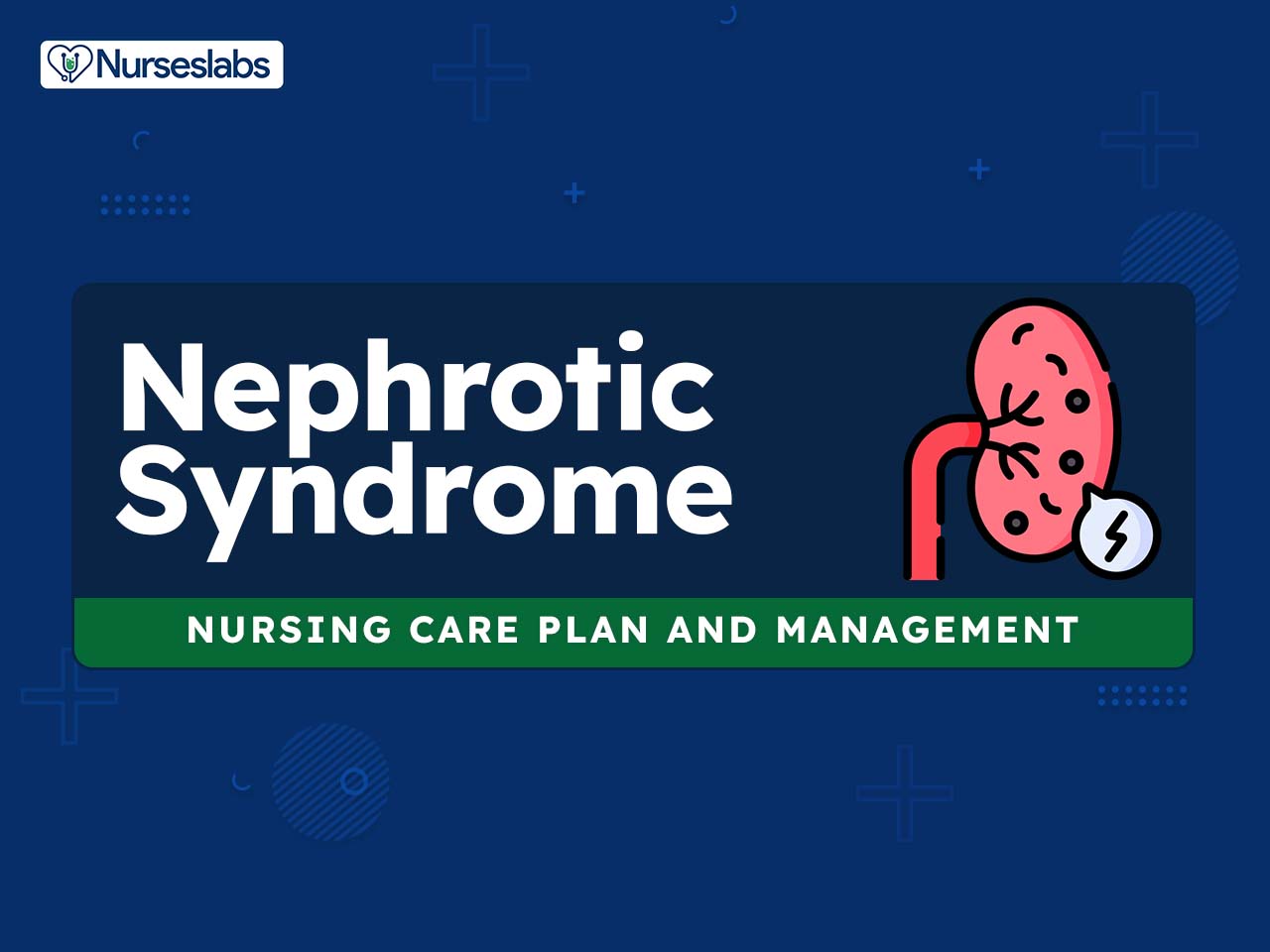


























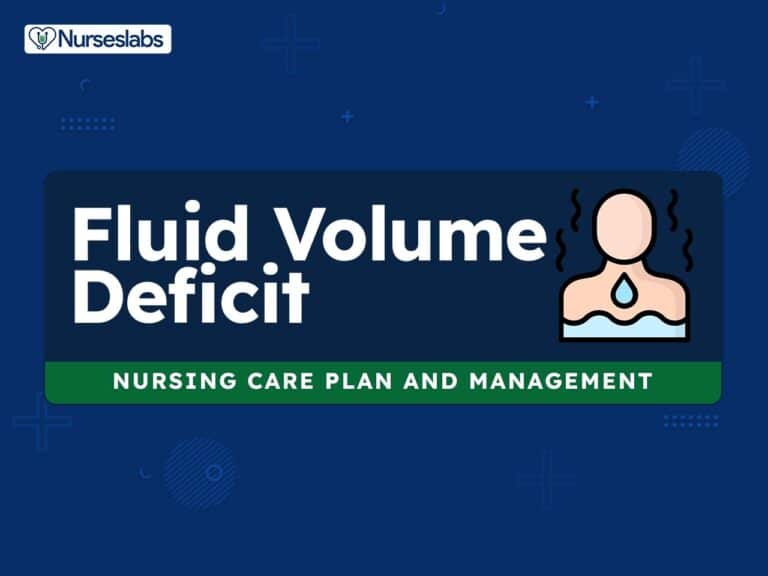

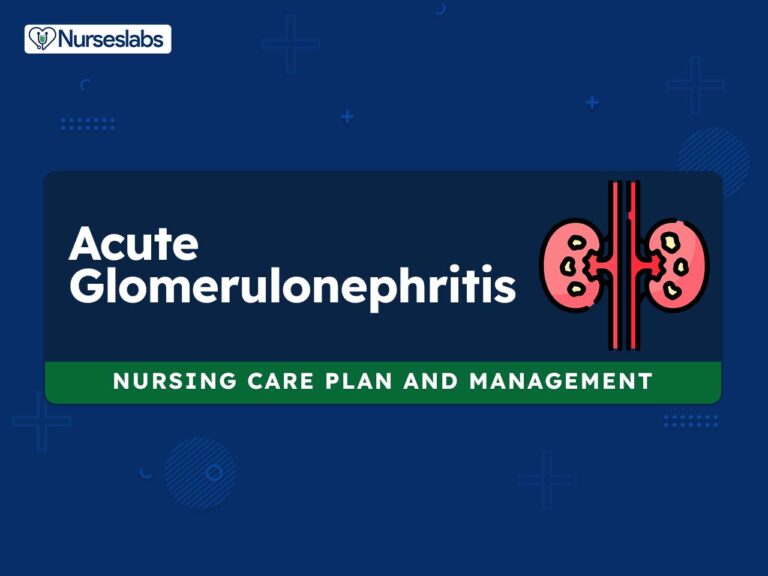


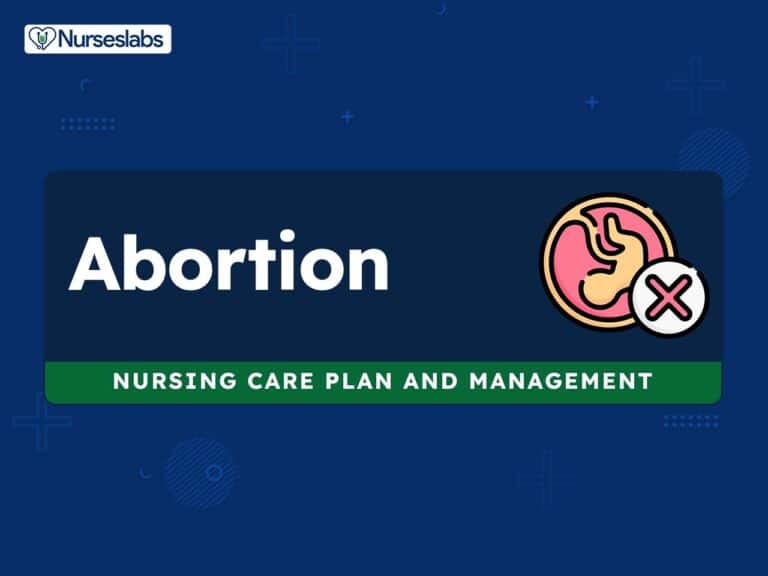
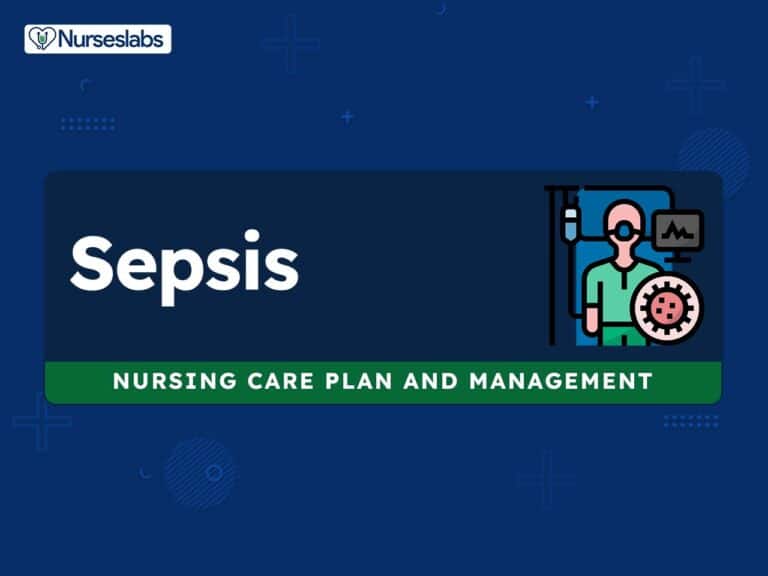
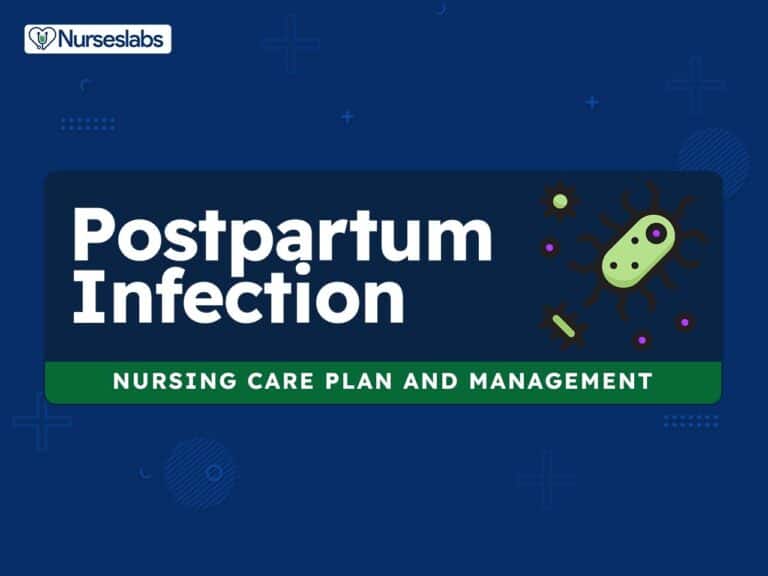
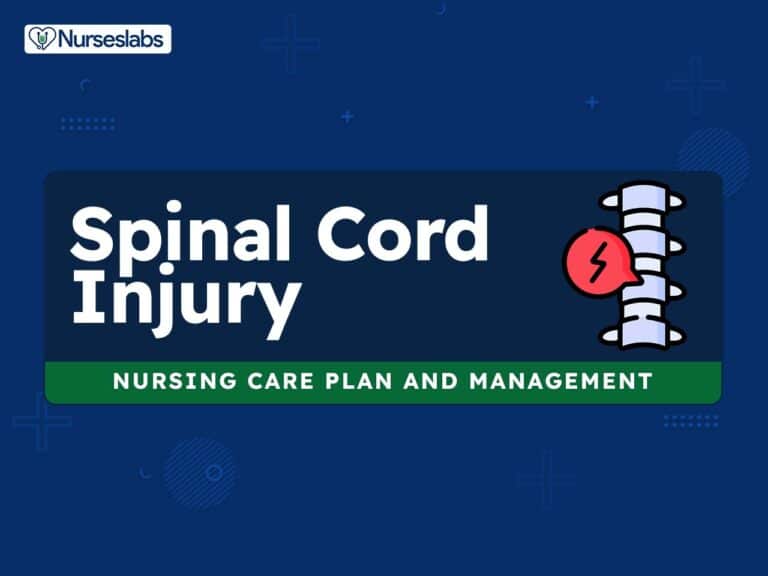
Leave a Comment